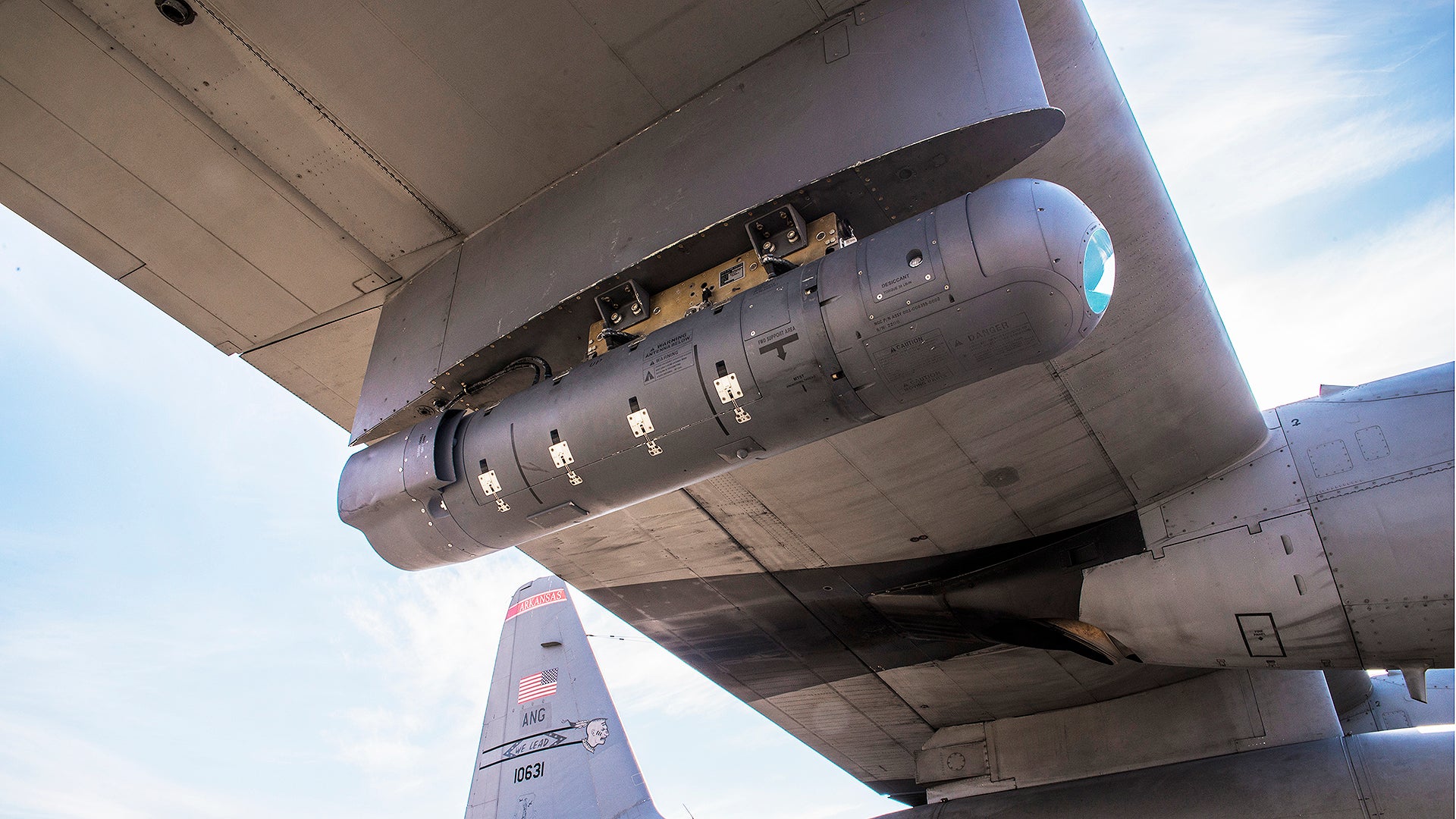SOURCE: RAUNAK KUNDE / NEWS BEAT / IDRW.ORG


The Indian Air Force (IAF) is actively exploring options to equip its fleet of C-130J Super Hercules transport aircraft with advanced Electronic Warfare (EW) pods, a move aimed at expanding the platform’s role beyond logistics into the realm of electronic combat support. Sources within the IAF indicate that the proposed EW pod would enable the C-130J to detect, characterize, and neutralize enemy radar systems and other EW threats by employing tailored jamming and spoofing techniques. This development could leverage indigenous technology from the Defence Research and Development Organisation (DRDO), which has already delivered EW systems for India’s fighter jet programs.
The C-130J, a versatile four-engine turboprop aircraft manufactured by Lockheed Martin, has been a workhorse for the IAF since its induction in 2010. With 12 aircraft in service, primarily based at Hindon and Panagarh airbases, the fleet excels in tactical airlift, special operations, and disaster relief missions. Integrating an EW capability would transform select C-130Js into multi-role assets, enhancing the IAF’s ability to operate in contested environments and support frontline combat aircraft.
The IAF’s interest in EW pods stems from a growing need to counter sophisticated enemy air defences, particularly along India’s borders with Pakistan and China. Modern warfare increasingly relies on electronic dominance, with radars, communication systems, and missile defences posing significant threats to air operations. An EW-equipped C-130J could loiter in operational areas, using its pod to identify enemy radar frequencies, analyze their signatures, and deploy countermeasures like jamming or deception signals to disrupt targeting.
“The goal is to turn a transporter into a force multiplier,” an IAF official told idrw.org. “By characterizing threats in real-time and neutralizing them, the C-130J could protect strike packages or support special forces missions in hostile zones.” Unlike dedicated EW aircraft like the U.S. EA-18G Growler, the C-130J would retain its transport capabilities, offering a cost-effective, dual-purpose solution.
The pod would likely include active electronically scanned array (AESA) jammers, direction-finding sensors, and digital radio frequency memory (DRFM) systems—technologies that allow precise identification and suppression of enemy emitters. With a payload capacity of over 19,000 kg and an endurance of up to 10 hours, the C-130J is well-suited to carry such equipment without compromising its core mission profile.
“DRDO already has the building blocks,” a defence source noted. “The challenge is integrating these into a pod that meets the C-130J’s power, weight, and aerodynamic requirements.” The pod’s design would need to account for the aircraft’s external hardpoints—typically used for refuelling pods or auxiliary fuel tanks—while ensuring compatibility with its avionics. Collaborative efforts with Lockheed Martin or an Indian private firm like Tata Advanced Systems could accelerate this process, given the C-130J’s foreign origin.
Retrofitting the C-130J poses technical and logistical hurdles. Developing and certifying an EW pod could take 3-5 years, assuming DRDO adapts existing technology swiftly. Integration trials, including flight testing for stability and electromagnetic compatibility, will be critical, as will securing U.S. approval for modifications to the American-built aircraft under export control regulations. The IAF may initially outfit a small batch—perhaps 2-4 aircraft—as a proof of concept before scaling up.
NOTE: Article cannot be reproduced without written permission of idrw.org in any form even for YouTube Videos to avoid Copy right strikes. Websites doing illegal reproductions will get DMCA and Legal Notices.